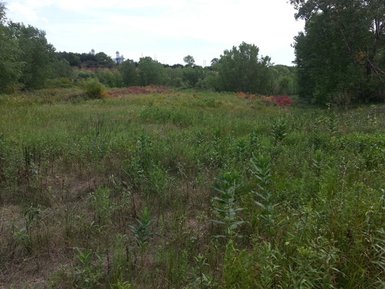Corridors For Pollinators

Goods and service corridors (infrastructure for transportation, electricity, and energy needs) represent an enormous un-tapped land area to restore pollinator habitat. It is estimated that over 10 million acres in the United States are utilized for roads, and much more, around 60 million acres, is used for utility right-of-ways and corridors. Due to government regulations and safety and service concerns, these lands are normally managed to prevent accidents and service failures. Aggressive measures, including mowing and spraying, are generally used to maintain these lands and comply with internal and governmental requirements. The Save Our Monarchs Foundation is actively working with state departments of roads and utility companies to adapt these vegetation management practices to provide habitat beneficial to pollinators and other species that can thrive in these otherwise under-valued yet necessary landscapes. By promoting the growth of native forbs (wildflowers), sedges, and grasses, not only do Monarchs and other pollinators, birds, reptiles, amphibians and mammals benefit, but also long-term maintenance costs are reduced, saving companies, governments, taxpayers and consumers money.
The Save Our Monarchs Foundation is currently partnered with the Omaha Public Power District (OPPD) and also has an agreement in place with the Nebraska Public Power District to provide pollinator habitat restoration on several of their properties throughout the US. As part of this effort, SOM assesses sites for suitability, develops seed and plant mixes and planting/restoration methods appropriate for our mission, and advises the utility on best management practices to encourage native plant and pollinator habitat. SOM also partners with the Garden Clubs of Illinois and the Illinois Department of Transportation to support native pollinator forb seedings on disturbed roadsides.
Save Our Monarchs continues its work to encourage other right-of-way and large-tract property holders to support healthy pollinator populations. For more information, please contact us!
